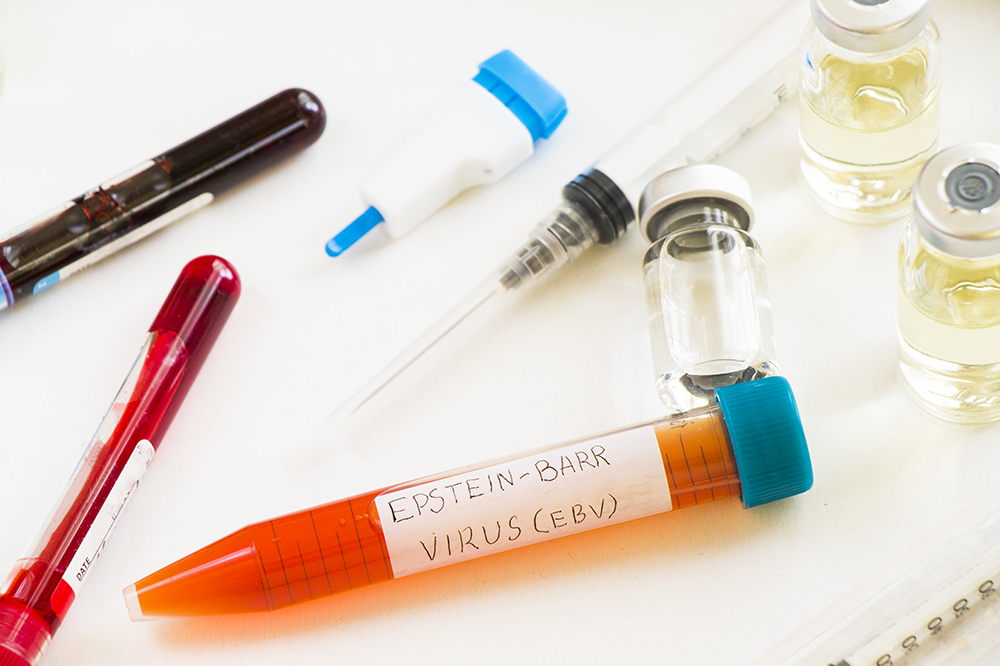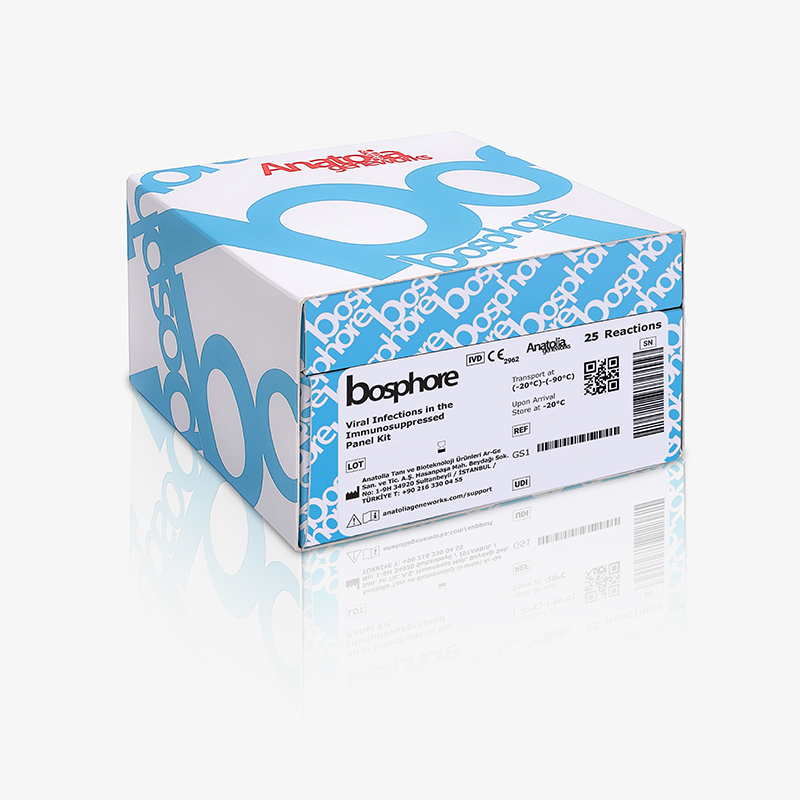In the medical literature, infectious mononucleosis is a disease caused by the Epstein-Barr virus, commonly known as the kissing disease EBV. EBV is a member of the herpes virus family, which also includes the virus that causes herpes, and it is one of the most common viruses infecting humans worldwide. EBV is transmitted primarily from person to person through close contact with mouth and throat fluids and bodily secretions like sharing food or drink with someone who has the disease can transmit the virus from person to person.
Epstein-Barr Virus (EBV)
Mononucleosis can also be transmitted through sexual contact and organ transplantation. It is also called the kissing disease because it is mostly transmitted through saliva. It usually occurs frequently in adolescents but can occur in people of all ages. However, in young children, the diagnosis cannot be made in most cases, as the disease usually does not show any symptoms or progresses with very mild findings. Once the disease is gone, it does not recur for life, as immunity is gained. People with infectious mononucleosis often have symptoms such as high fever, swollen lymph nodes, and sore throat. Spleen enlargement may occur in some patients. Many cases are mild and easily resolved with minimal treatment. Most people start to feel better in two to four weeks. However, fatigue and weakness may still occur after a few months. The infection usually does not show serious signs and disappears on its own within one to two months. Treatment focuses on controlling complaints such as pain and fever.

What Are The Symptoms of Kissing Disease?
It can take up to 4-8 weeks for symptoms to appear after the virus enters the body. This period between the entry of the causative virus into the body and the time when symptoms begin to be observed is called the incubation period. In children, it usually does not cause any symptoms and usually heals unnoticed. The disease is also rare in adults, probably due to the immunity the body has developed after previous exposure to the infection. Most cases of infectious mononucleosis occur in the 15-24 age group. Symptoms typically last one to two months, and initial symptoms often include:
- A general lack of energy and malaise
- Tiredness
- Weakness
- Anorexia
- Shake
These initial symptoms may last from one to three days before the onset of more intense complaints. In the later stages of the disease;
- Persistent fever
- Pain and redness in the throat
- Swelling in the tonsils
- Swollen lymph nodes in the armpit and neck
- Headache

In at least one-third of cases, the tonsils are covered with a whitish membrane. Kissing disease can sometimes present with a more severe picture with swelling in the spleen or liver. Liver enlargement occurs due to hepatitis. In this case, abnormalities in liver function tests may be detected. Some patients have blotchy rashes on the body that have the same appearance as a measles rash. In the early period, including the first few days of the disease, a temporary swelling (edema) may occur in both upper eyelids.
The rarely fatal disease is difficult to distinguish from other common viruses such as the flu. If the symptoms do not subside after one or two weeks, adequate fluid intake and a healthy diet, it is better to consult a doctor.
Complications Related to EBV
EBV generally does not cause serious consequences. However, in rare cases, secondary infections such as tonsil or sinus infections may develop. Some patients may experience the following complications:
- Enlargement of the spleen
- Hepatitis
- Inflammation in heart tissues
- Anemia
- Meningitis
How Is EBV Diagnosed?
First, depending on the patient’s complaints, the presence of kissing disease is suspected by the doctor. A detailed physical examination is then performed and blood tests are requested for the diagnosis. Early in the disease, blood tests may show an increase in the number of a type of white blood cell called a lymphocyte.
Some other blood tests may be preferred for the diagnosis. These tests are based on the measurement of antibodies to EBV produced by the body’s immune system. However, these antibodies may not be detected until the second or third weeks of illness. Diagnostic testing in the laboratory can be valuable to rule out other diseases with similar symptoms. Real-Time PCR has been recognized as the most widely used method for EBV and thus has proven to be the standard method for EBV-DNA measurement. It can also be diagnosed by RT-qPCR on the 3rd day of illness. Commercially available kits are now more common and provide reproducible results.
How Is Kissing Disease Treated?
There is no specific treatment option for the disease. However, various medications can be prescribed to reduce sore throat, fever, and tonsil swelling. Treatment is usually planned by the family doctor or pediatrician. Symptoms usually resolve spontaneously within one to two months, even if the patient is not given any treatment. In case of complications or in severe cases, other medical specialists such as infectious diseases may need to intervene.





